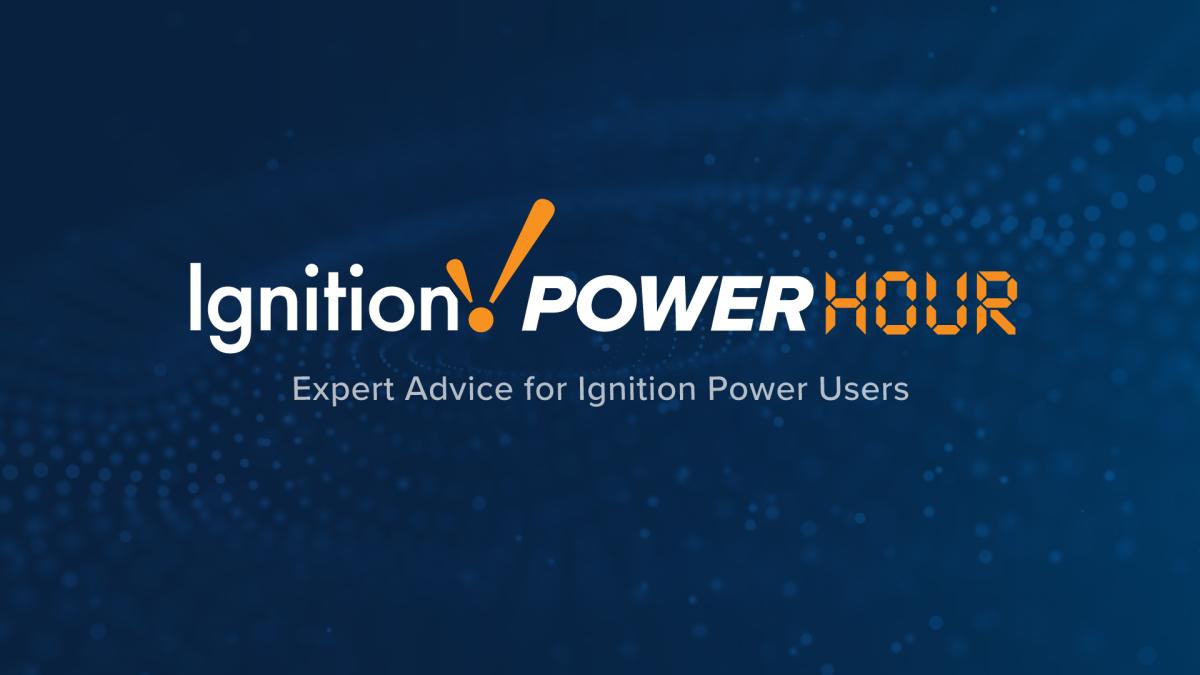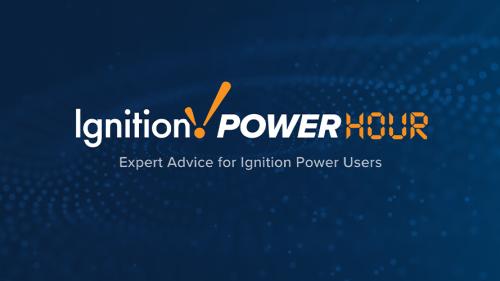Inductive Automation Blog
Connecting you to ideas, tips, updates and thought-leadership
from Inductive Automation
Join us for the next installment of our new series of webinars exclusively for integrators: Ignition Power Hour! The Power Hour is a webinar series covering a range of topics to provide useful Ignition knowledge and insight to the integrator community. Power Hour webinars can include tips and tricks of the trade, educational topics, technology trends, new Ignition features, and more — and are all led by IA engineers and specialists who are experts on the subject at hand.
In this next Power Hour, we will discuss Ignition Cloud Edition, and do a deep dive into Pikaview, an Exchange resource that provides a new way to interface with databases in Perspective. We'll also discuss the value of Ignition support plans and upgrade protection.
Learn About:
- Ignition Cloud Edition
- A Deep Dive into a New Database Interface Resource, Pikaview
- The Benefits of Ignition Support Plans & Upgrade Protection

